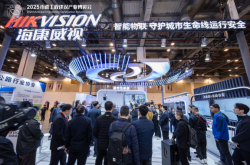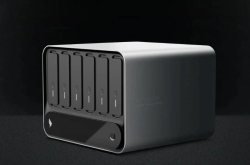Country Takes Action: Prioritizing Domestic New Energy Vehicles in Official Fleet Procurement
![]() 05/21 2025
05/21 2025
![]() 618
618
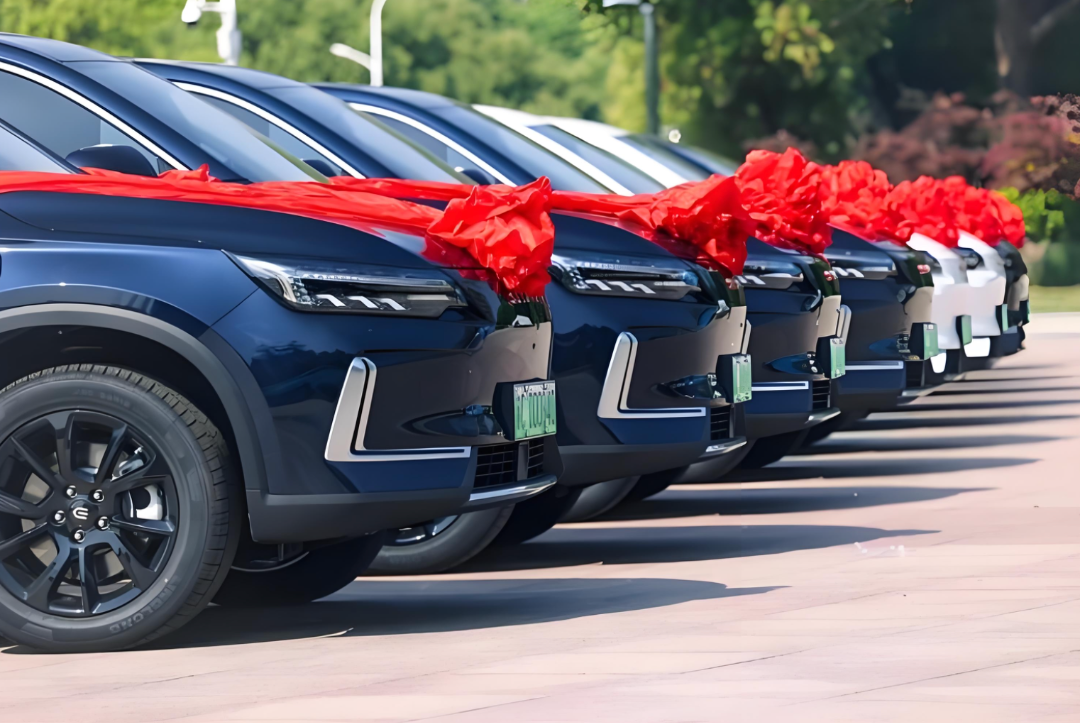
Introduction
To bolster the growth of the new energy vehicle (NEV) industry, the country has demonstrated unwavering commitment.
China's NEV industry has seen remarkable progress, fueled by both policy initiatives and market forces. From the inception of the "Ten Cities and Thousand Vehicles" pilot project in 2009 to sales exceeding 12 million units in 2023, accounting for over 70% of the global market, China has not only emerged as the world's largest NEV market but also established a comprehensive industrial ecosystem encompassing battery materials to intelligent systems.
This significant industrial transformation is the result of diligent market cultivation by participants and strategic policy planning, aligned with market dynamics.
During the nascent stages of the NEV market, fiscal subsidies were pivotal, complemented by incentives like tax exemptions and free license plates to overcome initial market challenges. As the industry matured, a "subsidy phase-out + dual credits" policy combination spurred technological innovation. Now, aiming for "carbon neutrality," long-term market mechanisms are being established through charging infrastructure subsidies and preferential road rights.
This "policy ladder" design not only mitigates over-reliance on subsidies but also paves the way for sustainable industrial development through infrastructure enhancement and standard system improvements.
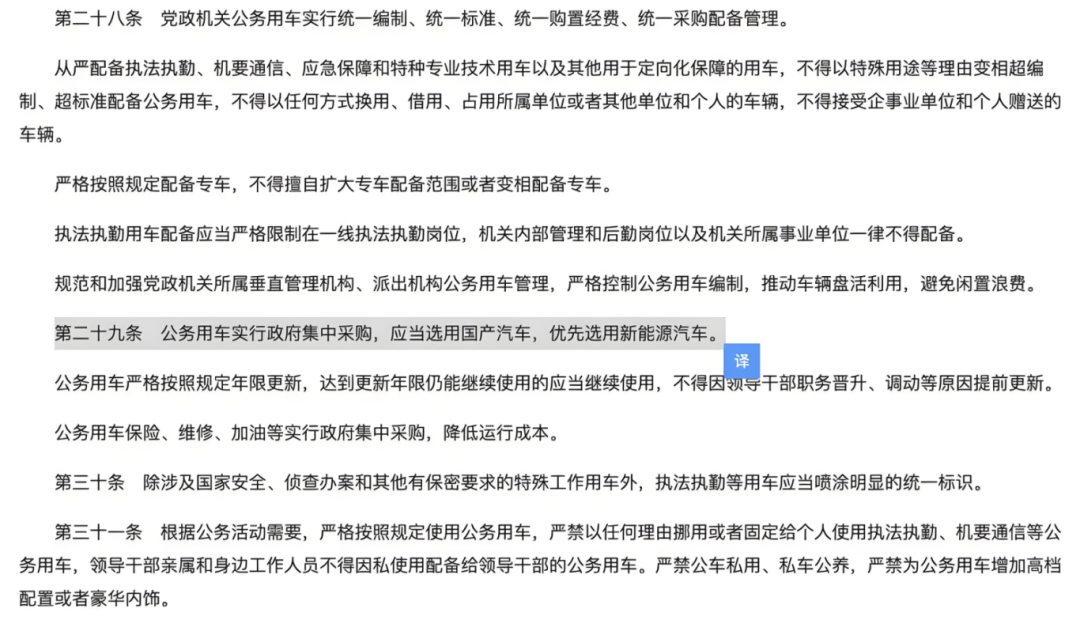
The unique "China market speed" spurred by policy dividends continues to unfold.
Recently, the state revised the "Regulations on Practicing Thrift and Opposing Waste in Party and Government Organs," explicitly mandating full localization of official vehicle procurement with a preference for NEVs.
This policy underscores the state's utilization of administrative power to propel NEV industry growth. Simultaneously, changes in the official vehicle market structure present new opportunities for domestic NEV brands.
01 Policies Unleash Billion-Dollar Market, Technology Drives Industrial Upgrade
A decade ago, joint venture brands dominated the official vehicle market. However, amid policy support and technological advancements, the NEV sector has swiftly gained ground, altering the commercial vehicle landscape.
Models like the BYD Han and Hongqi E-QM5 are increasingly populating official fleets, signifying a shift towards domestic NEV brands. This transformation reflects national strength and industrial upgrading, marking a paradigm shift in China's automotive industry from market-for-technology to technology-creating standards.
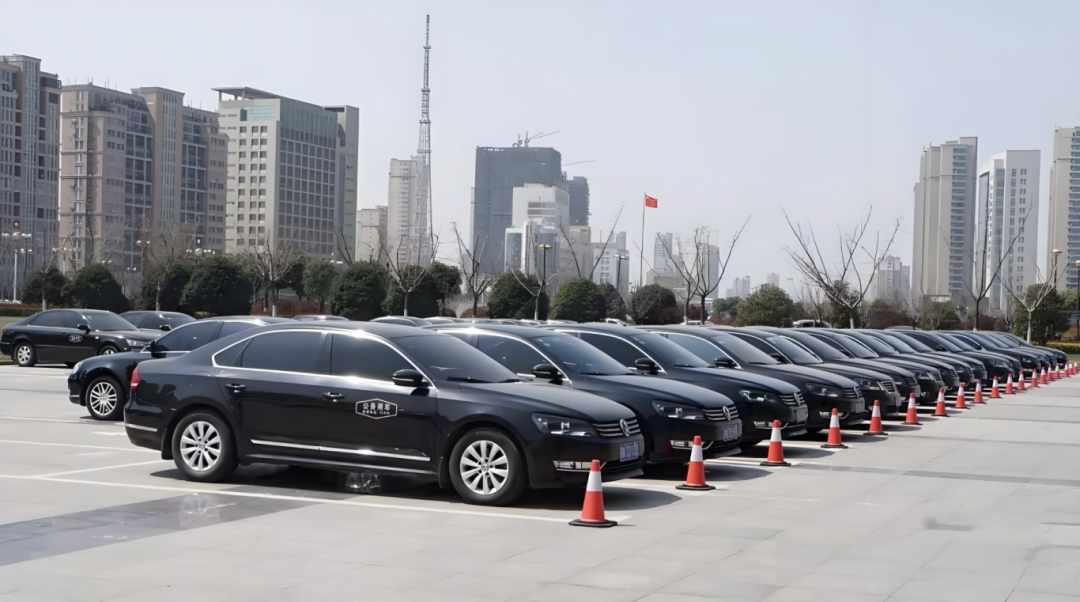
Reviewing the trajectory of policy support and industrial development, numerous instances underscore the state's push for domestic NEVs in official use.
In September 2023, Hebei's Xiong'an New Area emphasized full implementation of NEV promotion policies, increasing their deployment. By 2024-end, the Ministry of Finance proposed stricter management of official vehicle quotas, encouraging NEV adoption and gradually increasing their proportion.
Subsequently, the Ministry of Finance's General Office issued a notice specifying NEV procurement requirements for government bodies, suggesting annual NEV procurement targets coordinated by budget units. Where feasible, NEVs should comprise at least 30% of total official vehicle procurement.
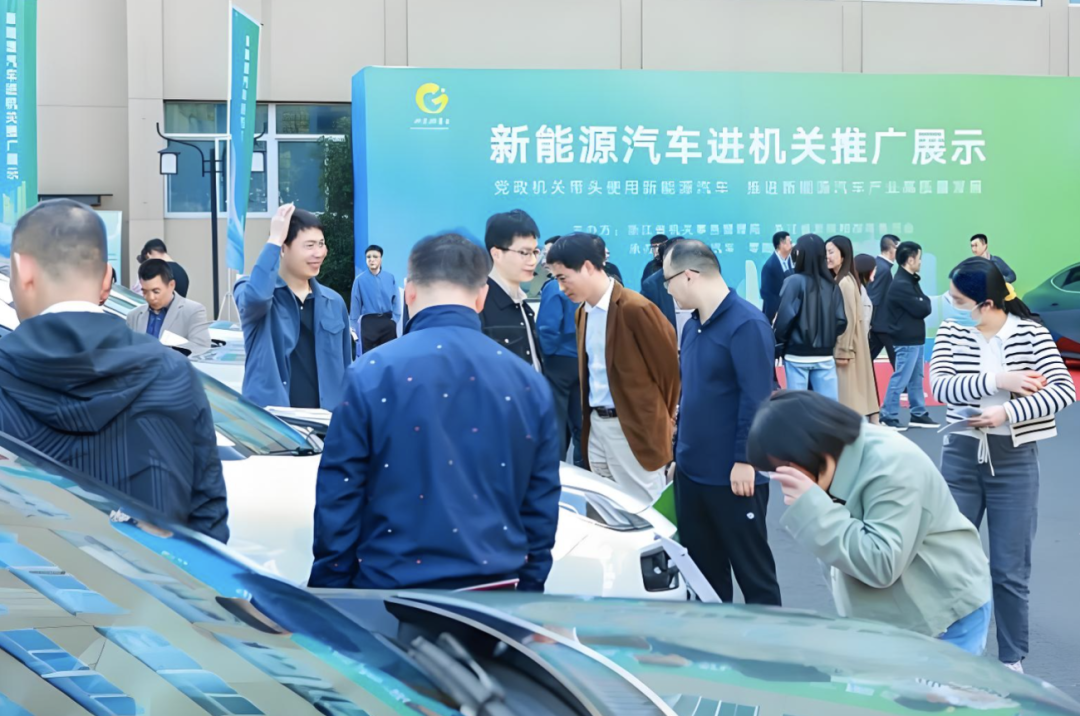
For official vehicles with fixed routes, single use-cases, and urban driving, 100% procurement should be NEVs. When leasing vehicles, priority should be given to NEVs.
Coupled with this "Regulation" revision, policies encouraging NEV procurement for official use have been ongoing from national to local levels.
By 2022-end, China had approximately 5 million official vehicles, significantly impacting the automotive market and policy formulation. Based on current procurement standards, the annual market size for official vehicle procurement reaches billions of dollars. With new regulations, the proportion of NEVs in official fleet procurement will swiftly rise from around 30% in 2024. Domestic high-end NEV models like the BYD Han EV, Hongqi E-HS9, and NIO ET7 are poised to benefit first from these policy dividends.
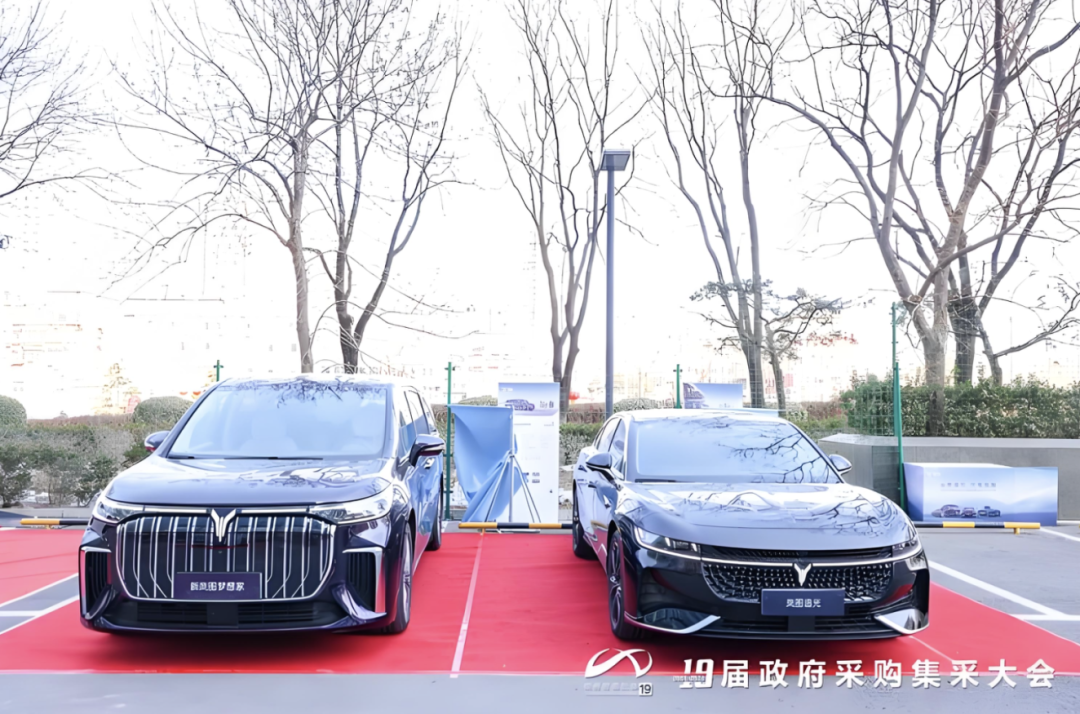
Moreover, this "Regulation" revision's deeper impact lies in its demonstration effect.
Each official vehicle demonstration drives demand for multiple private car purchases. When government agency parking lots transform into NEV showrooms, officials' driving experiences become potent market education. This top-down promotion model is more persuasive than any advertising campaign.
Additionally, the new regulation's localization requirement effectively establishes a competitive arena for the NEV industry chain.
Currently, domestic power battery energy density exceeds 300Wh/kg. Innovations like Guoxuan High-Tech's Jinshi all-solid-state battery, CATL's CTP3.0 Qilin battery, and BYD's Blade battery alleviate range anxiety. Huawei's DriveONE electric drive system and Horizon Journey series chips mark China's breakthrough in intelligent driving.
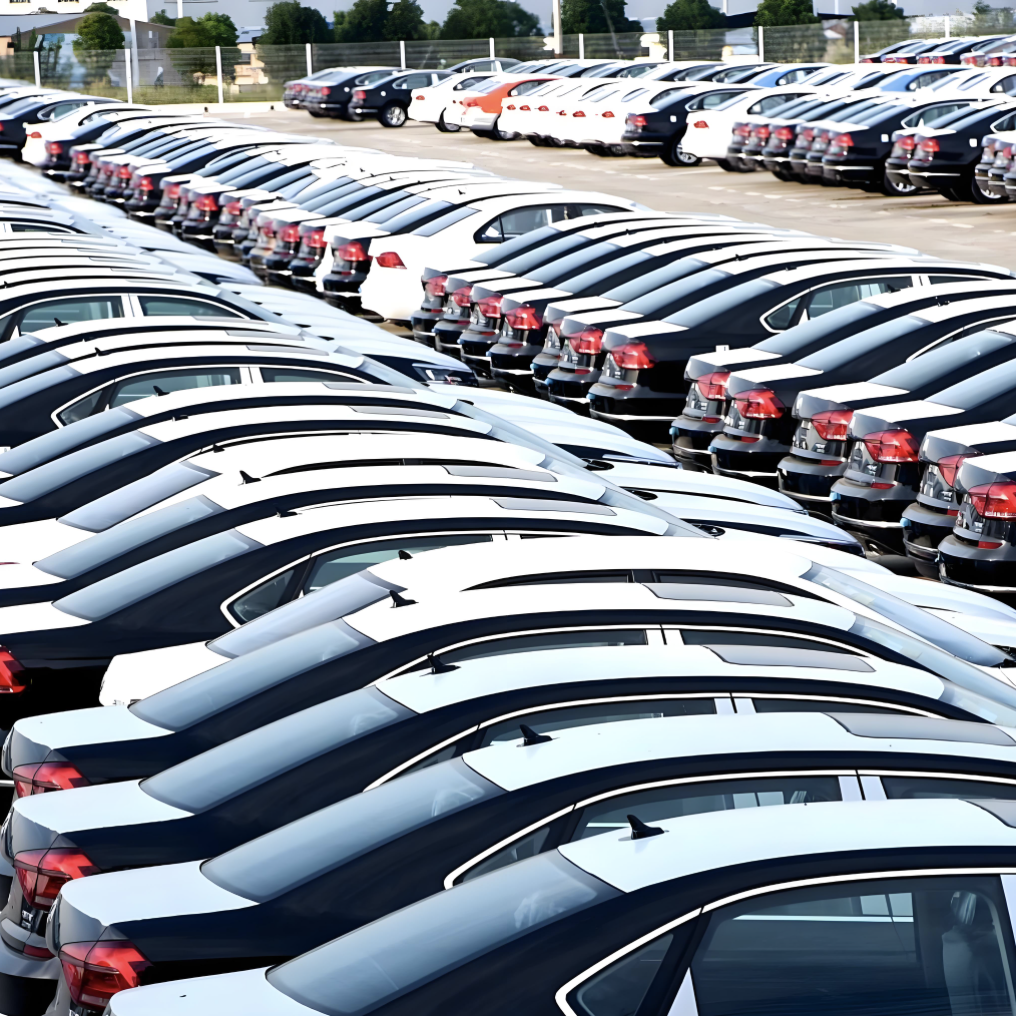
State Grid's "ten vertical and ten horizontal two-ring" highway fast-charging network will cover all county-level cities by 2025. "Group management and control" charging technology enhances facility utilization by 40%, removing the final barrier to official vehicle electrification.
Thus, policies are leveraging a billion-dollar market. Amidst this, technology continues to drive industrial upgrades, and domestic NEVs welcome new development horizons.
02 China's Solution Amid Global Competition
From foreign guest visits to official vehicle procurement, domestic brands are increasingly visible. When SAIC MAXUS G90 and Roewe iMAX8 became CIIE designated vehicles, and Hongqi E-HS9 served APEC, G20, and "Belt and Road" Forum, China's NEVs reshaped the official vehicle market locally and globally.
Why global influence? This policy upgrade echoes the EU's 2035 fuel vehicle ban, but China's solution uniquely guides technological innovation through government procurement, reducing costs through economies of scale for market-end value inclusivity.
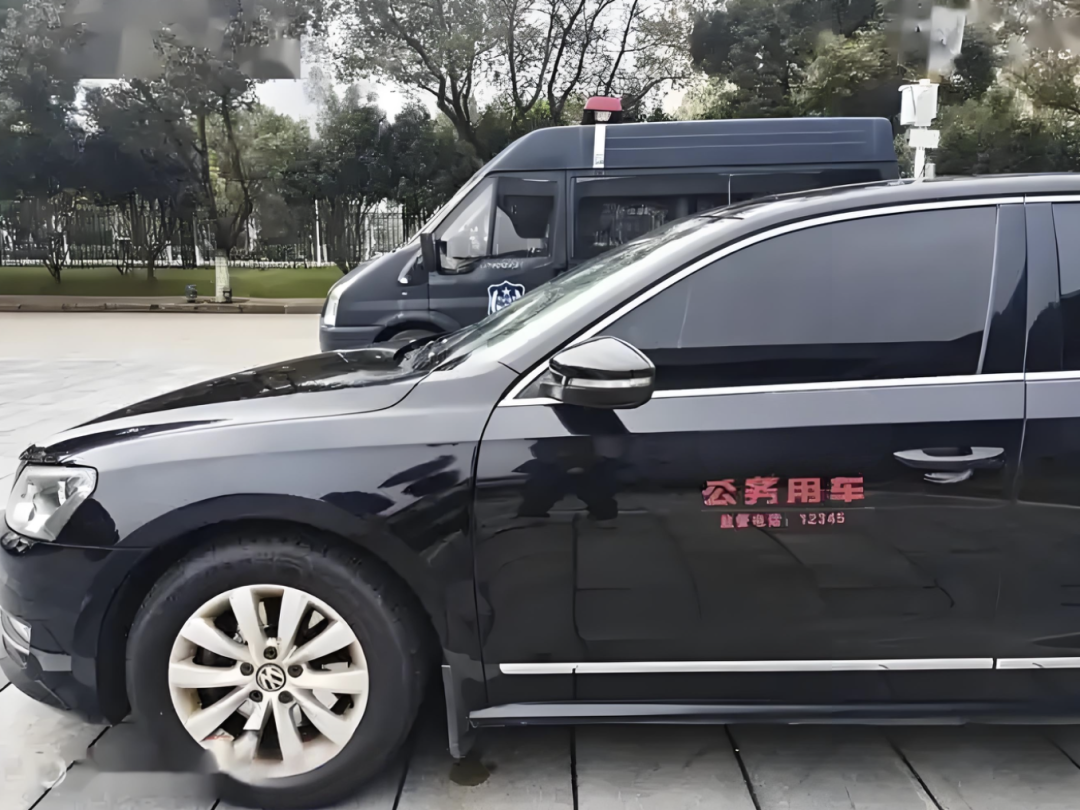
These policies not only target official vehicles but also propel NEV development. With policy advancements and market acceptance, China's NEV (official) exports are expected to rise.
Looking ahead to 2030, while official vehicle technical standards' proportion in NEV exports involves factors like international market acceptance, trade policies, and technical standards, data is inconclusive. However, national-level NEV promotion and clear policy orientations will positively impact exports and market share. With technological advancements and market maturity, China's NEV competitiveness in the international market will further enhance.
Some institutions predict that by 2030, official vehicle technical standards' proportion in China's NEV exports will exceed 30%. Today's official vehicle procurement standards lay the groundwork for tomorrow's international market competition. As domestic NEVs prove reliable and safe in official use, their international market brand premium will increase.
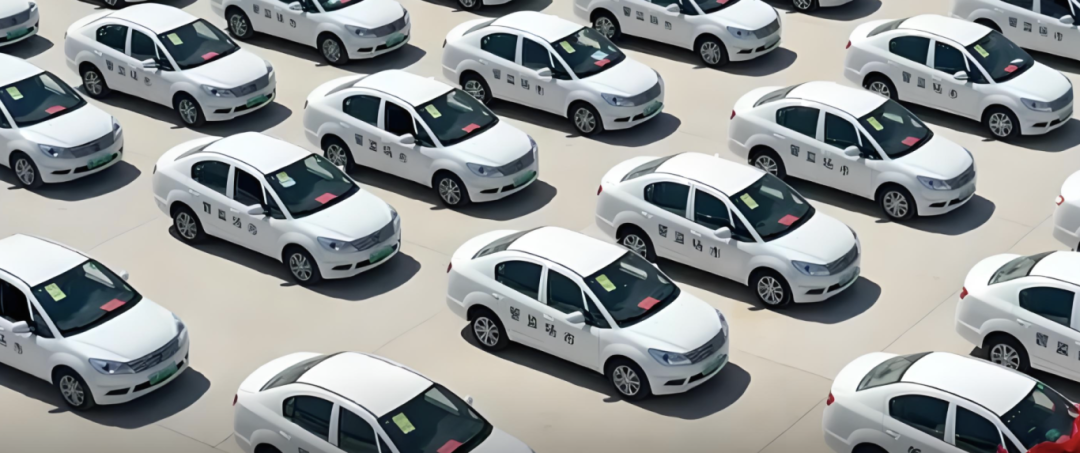
From the "Ten Cities and Thousand Vehicles" project a decade ago to today's full official vehicle electrification, China's NEV industry has embarked on a unique path combining policy drive and market traction.
The revised "Regulation," while focused on "practicing thrift," reconstructs the automotive industry's competitive logic from a higher dimension. When thrift meets technological innovation, it optimizes fiscal expenditure and propels the national automotive industry's rise.
This reform, initiated with official vehicle procurement, will drive China's historic leap from a large automotive country to a powerful one.
Editor-in-Chief: Li Sijia | Editor: Chen Xinnan


